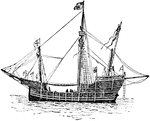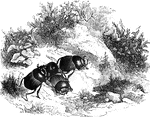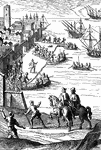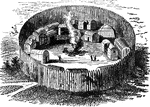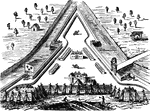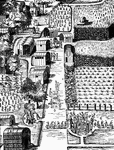Sagitta
"These are little fish-like animals furnished with one or two fin-like organs on the body and a broad…

Sander's Creek
"View at Sander's Creek. This view is from the north side of the Creek. like the other stream, it is…

Nelson's Ferry
"View at Nelson's Ferry, the spot here portrayed, was an important locality during the Revolution. It…
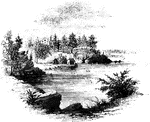
Turtle Bay
"View at Turtle Bay. Turtle Bay is a small rock-bound cove of the East River, at the foot of Forty-seventh…

Bronx
"Place where the British crossed the Bronx. This view is from the southeastern side of the Bronx, a…

Fort Washington
"View at Fort Washington. This is a view from the site of the interior works at Fort Washington from…
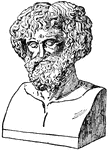
Hannibal
"Hannibal's Passage of the Alps. Hannibal determined to carry the war into Italy. To do this, he had…
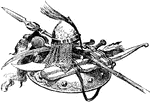
Saracen Arms
"Saracen Arms. Charlemagne now had to deal with certain non-Germanic peoples who were threatening his…

Dutch West India Flag
"Flag of the Dutch West India Company. When the rights of the company ceased, a new and more powerful…

stockade
"A stockade. Those settlers who lived outside of Roston and the few seaport villages built palisades…

Charter Oak
"The Charter Oak. In Hartford the colonial government met to deliver up the charter. It was evening,…
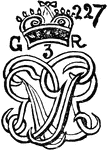
Stamp Act
"Stamp from the Stamp Act. The first direct issue of importance between the colonies and England came…

Grebe
"Western Grebe. Æchmophorus- A genus of large, long-necked grebes of America, having the bill…
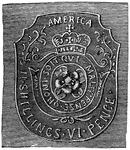
Stamp Act
"Stamp from the Stamp Act. The first direct issue of importance between the colonies and England came…

Agami
"A grallatorial bird, a native of South America, often called the golden-breasted trumpeter."-Whitney,…

Agave
"Century-plant. A large North American genus of plants, of the natural order Amaryllidaceæ, chiefly…

Passenger Train
"The first passenger locomotive built in the United States. A year after the Enterprise sailed for India,…
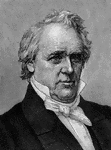
John Brown
In 1859, John Brown collected a small body of men, white and black, in the mountains of Maryland. He…

Alewife
"A North American fish, Clupea Vernalis, from 8 to 10 inches long, resembling a small shad, but much…
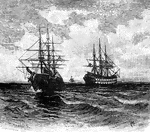
Atlantic Cable
"Laying the Atlantic Cable. In 1866, a previous attempt in 1858 having failed, a telegraphic cable was…
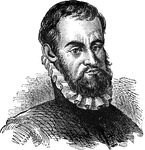
Pedro Menéndez de Avilés
Pedro Menéndez de Avilés, a Spanish soldier who landed at and named St. Augustine and attacked the…
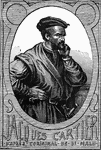
Jacques Cartier
Jacques Cartier, voyager of St. Malo, coasted along the north of Newfoundland in 1534 and passed through…
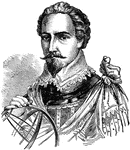
Sir Humphrey Gilbert
Sir Humphrey Gilbert (c. 1539 – 9 September 1583) of Devon in England was a half-brother of Sir Walter…

Araba
"A heavy, springless wagon, usually covered with a screen as shelter from the rays of the sun, drawn…
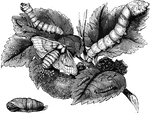
Silkworm Moth, Caterpillar, and Chrysalis
"This important insect is a native of the north of China; and a great portion of the supplies of silk…
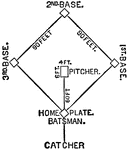
Baseball Diamond
"Base Ball is a field game played principally in the United States. It originated in the English school-boy…

Beaver
"The Beaver is a quadruped of the order Rodentia, or gnawers, the only species of its genus. It is very…

Drone Bee
"Bee is the common name given to a large family of hymenopterous or membranous-winged insects, of which…
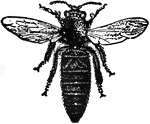
Queen Bee
"Bee is the common name given to a large family of hymenopterous or membranous-winged insects, of which…

Worker Bee
"Bee is the common name given to a large family of hymenopterous or membranous-winged insects, of which…

Royal Cells
"Bee is the common name given to a large family of hymenopterous or membranous-winged insects, of which…
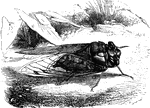
Cicada
"In America the cicadas have the general name of Harvest-flies; they are also often improperly…

Cacao Plant
"Cacao, or cocoa, is the chocolate tree, and also the powder and beverage made with it obtained from…

Mygale
"The spiders with which we in temperate climates are most acquainted are of small size, but in hot regions…
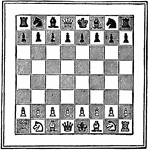
Chess Board
"Chess is the most purely intellectual of all games of skill, the origin of which has been much disputed,…

Chicory
Chicory is a flowering plant with blue flowers, originally from the Old World but now seen growing wild…

Chinchilla
"Chinchilla is a genus of South American herbivorous rodents very closely allied to the rabbit, which…
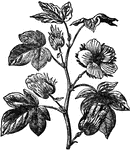
Cotton Plant
"Cotton is a vegetable hair or filament constituting the wing of the seed of the different species of…
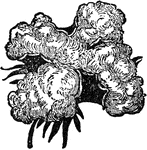
Cotton Flower
"Cotton is a vegetable hair or filament constituting the wing of the seed of the different species of…
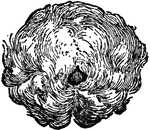
Cotton Flower
"Cotton is a vegetable hair or filament constituting the wing of the seed of the different species of…

Date Palm
"Date Palm is a genus of palms, the most important species of which is the common date palm, the palm…

Drumfish
"Drumfish, or Drum, and other species of the same genus, fishes found on the Atlantic coasts of North…
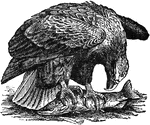
Sea Eagle
"Eagle is a name given to many birds of prey in the family Falconidæ. The golden eagle, the white-headed…
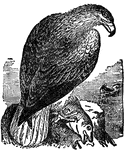
Erne
"The Erne is one of the 'bare-legged' eagles. The genus includes some seven species, represented apparently…

Goosander
"The Goosander is a web-footed bird in the duck family. The adult male, which measures 26 inches in…

Goosander
"The Goosander is a web-footed bird in the duck family. The adult male, which measures 26 inches in…

Grayling
"The Grayling is a genus of fresh-water fishes in the salmon family, distinguished from trout, etc.,…
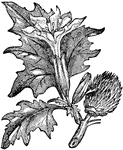
Thorn Apple
"Thorn Apple is a genus of plants. The common thorn apple is an annual plant, with smooth stem and leaves,…
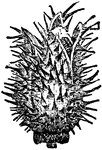
Thorn Apple Bud
"Thorn Apple is a genus of plants. The common thorn apple is an annual plant, with smooth stem and leaves,…
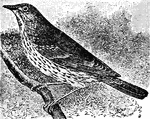
Song Thrush
"Thrush, in ornithology, is the name for any of the Turdidæ. They are universally distributed,…
Timothy Grass
"Timothy Grass is a hard coarse grass with cylindrical spikes from 2 to 6 inches long. It is used mixed…
